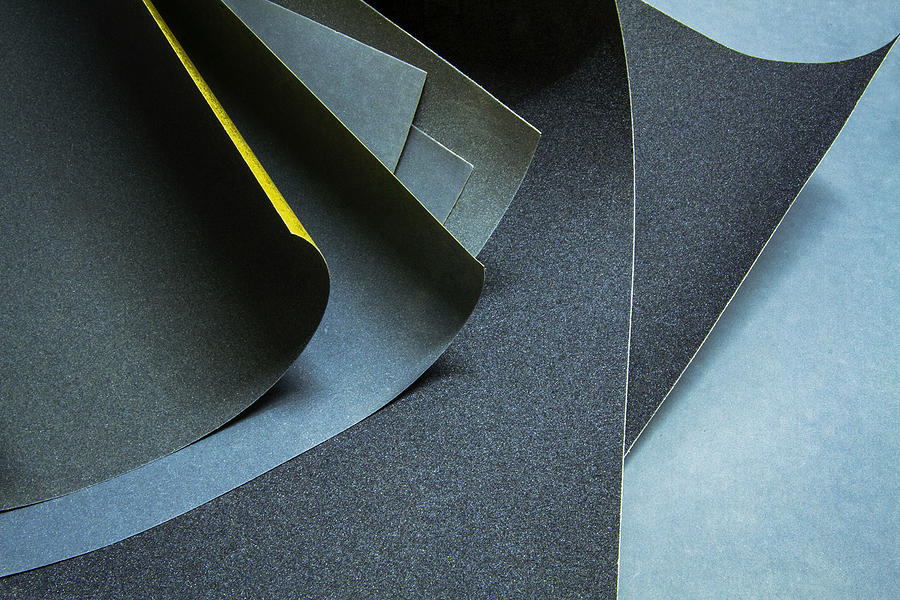Posted by Sandpaper America on Dec 29th 2023
Beginner's Guide to Wet Dry Sanding Sheets: How to Get Started
If you're looking to get started with silicon carbide wet dry sanding sheets and enhance your skills, you've come to the right place. "Wet-dry" sanding, a skill that uses specially designed sandpaper, offers a versatile, efficient, and cost-effective method for improving the surfaces of various materials.
This guide will not only introduce you to the fundamentals of using silicon carbide wet dry sandpaper, but it will also delve into its numerous applications and the benefits it brings. Plus, we'll share some handy tips to help you make the most of your wet/dry sandpaper experiments. So, whether you're a DIY enthusiast or a professional craftsman, let's dive into the world of wet-dry sanding!

What are Wet/Dry Sanding Sheets?
Wet/dry sandpaper, as the name suggests, works efficiently with both water and non-polar solvents. It comprises a unique waterproof backing that allows it to withstand moisture and maintain its abrasive properties even when submerged in water. This type of sandpaper comes in different grits, ranging from coarse to fine, making it suitable for various tasks, from removing rust and paint to polishing delicate surfaces.
Why Should You Choose Wet Dry Sandpaper?
The benefits of wet dry sanding are numerous and make it an excellent choice for many applications. Firstly, the use of water or solvents helps reduce friction between the sandpaper and the surface being sanded, preventing damage to delicate materials. Moreover, this technique produces less dust, making it a healthier and cleaner option. Plus, wet dry sandpaper tends to last longer than traditional dry sanding paper due to its waterproof backing.
Applications of Wet/Dry Sandpaper
Silicon carbide wet/dry sanding sheets are suitable for various applications, both in woodworking and metalworking projects. Some of the most common uses include sanding bare wood, removing old finishes, smoothing out scratches and blemishes on metal surfaces, and creating a polished finish on automotive paints. Wet-dry sandpaper is also suitable for sharpening knives, scissors, and other cutting tools due to its ability to maintain its abrasive properties while submerged in water.
Tips for Better Wet Dry Sanding
To ensure the best results when using wet/dry sandpaper, keep these tips in mind:
Always use a backing pad or sanding block to evenly distribute pressure and prevent uneven sanding.
Use light to medium pressure when sanding and avoid pressing too hard as it can cause scratches on the surface.
Regularly rinse your sandpaper with water to remove debris and prevent clogging.
Start with a coarser grit and gradually work your way up to a finer grit for a smoother finish.
Use circular or back-and-forth motions (depending on the surface being sanded) to avoid creating scratches.
Conclusion
In summary, wet dry sanding is an essential skill that offers numerous benefits and applications. By choosing silicon carbide wet dry sanding sheets and following these tips, you can achieve professional results in your projects while also prolonging the life of your sandpaper. So go ahead and try out wet-dry sanding for yourself and see the difference it makes!
Looking for quality sandpaper products? Look no further than Sandpaper America! Contact Sandpaper America at 1-800-860-7263 (SAND) to order wet/dry silicon carbide sanding sheets today! We supply custom sandpaper orders and supplies to businesses and consumers alike.
Related Posts:
How
to Choose the Right Sanding Sheet for Your Project
A
Guide to Finishing Different Types of Metals
How
to Sand Wood With Traditional Sheet Sandpaper

